Covering life science and looking for a different take? Dive into our Science Career Series, and meet a microbial ecologist. Just what is a microbial ecologist? Well, it’s someone who investigates the relationships between microbes and their environment.
In one of The Walking Classroom’s Science Career Series podcasts, you can investigate microbes with Julia Stevens, a postdoctoral fellow in the Genomics and Microbiology Research Lab at the North Carolina Museum of Natural Sciences. The podcast is easily accessible, either via our website or on WalkKits in three of The Walking Classroom’s program offerings (4-#102, 5-#108, STEM-#58).
As she has a bachelor’s degree in psychology, a master’s degree in coastal marine and wetland studies, and a Ph.D. in biological sciences, introducing your students to Julia Stevens opens doors into deeper exploration in several areas of the sciences. Her main area of interest is the microbes in invasive species, and not just in one environment. Her investigations cover plant and animal kingdoms, as she has studied both the lionfish and the dandelion!
Meet Some Microbes
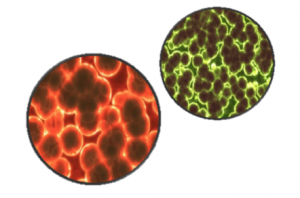 Because microbes are minute, there’s little chance for your students to really encounter them face-to-face. However, understanding these tiny organisms is important to understanding larger ones, so it’s well-worth making that introduction! After all, microbes are not hard to find! These microorganisms are everywhere; in fact, they are all around us and even in us!
Because microbes are minute, there’s little chance for your students to really encounter them face-to-face. However, understanding these tiny organisms is important to understanding larger ones, so it’s well-worth making that introduction! After all, microbes are not hard to find! These microorganisms are everywhere; in fact, they are all around us and even in us!
You can introduce your students to the world of microbes with an array of lesson plans, classroom activities, experiments, and more! And if they’re into getting down and dirty (and you have a nearby small body of water), why not poke around and investigate some pond scum and see what you can learn?
Look at Lionfish
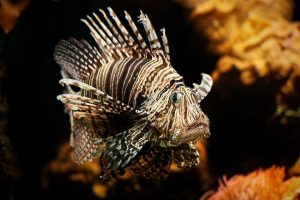 Finding out more about one of Julia Stevens’ interests might be fun too! Dive into a study of the lionfish to learn where this invasive species originated, how and where it spread, and the problems it has created.
Finding out more about one of Julia Stevens’ interests might be fun too! Dive into a study of the lionfish to learn where this invasive species originated, how and where it spread, and the problems it has created.
Investigating Other Invasive Species
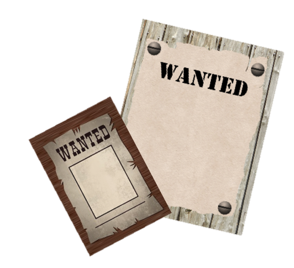 If time allows, introduce your students to other invasive species. You may want to share a special “top ten” list — The 10 Most Invasive Species. Have your students work in pairs or small groups, and assign one invasive species to a group. Then invite your students to create “Wanted” posters. Maybe you can arrest that pest!
If time allows, introduce your students to other invasive species. You may want to share a special “top ten” list — The 10 Most Invasive Species. Have your students work in pairs or small groups, and assign one invasive species to a group. Then invite your students to create “Wanted” posters. Maybe you can arrest that pest!
Provide a template and instruct students to include an image and bullet points (or a paragraph!) highlighting the species’ features, its place of origin, its new habitat, and the problems it creates. Then have them share their findings!


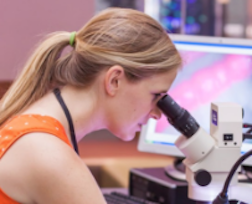
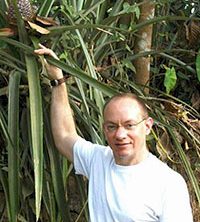
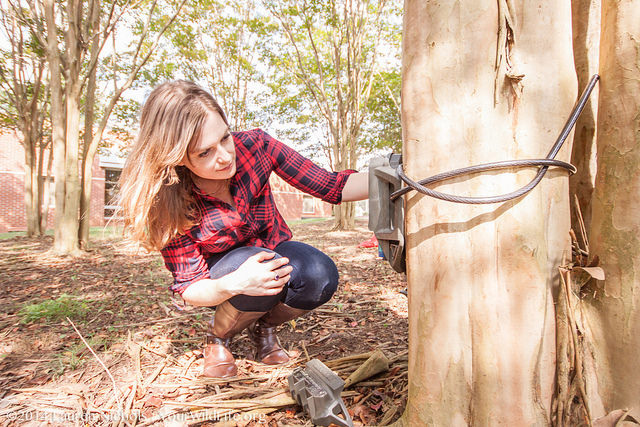

Leave a Reply